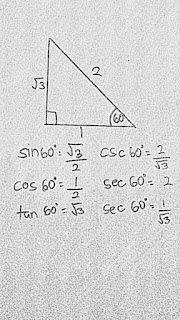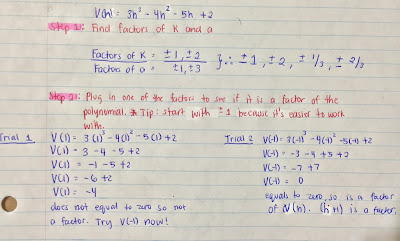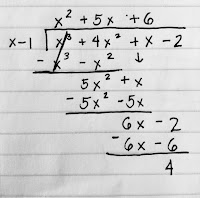To prove an identity:
- Simplify each expression on either side of the equal sign in your equation given, so that both sides are equal. This means that the expression on the left hand side is equal to the expression on the right hand side. Not to be mistaken for verifying an identity, where you substitute values that make the statement true.
Let's start simple, given the example
sin2x + cos2x = 1
↑
left hand side
↑
left hand side
Looking at the left hand side, we know that sin2x + cos2x is also equal to 1. This can then be simplified to 1, since they both represent the same thing. The equation then turns into:
1 = 1
When you make sure both sides of the equation are simplified, you make sure that they are both equal to eachother. In this case both sides need to equal 1, which is correctly stated above.
This equation also happens to be the identity sin2x + cos2x = 1. When you see an expression that can be simplified, using these known identities make working with the equation easier.
 | |||||||
| Examples of Identities |
Other things to take note of to make proving identities easier like the one above is to
Tip 1: Multiply the fraction by the conjugate (opposite signs) of an expression.
Tip 2: Factor
Tip 3: Rewrite the expression in terms of sine and cosine.
Tip 1: Multiply the fraction by the conjugate (opposite signs) of an expression.
Tip 2: Factor
Tip 3: Rewrite the expression in terms of sine and cosine.
 |
| Tip 2 |
 |
| Tip1 |
 |
| Tip 3 |


































